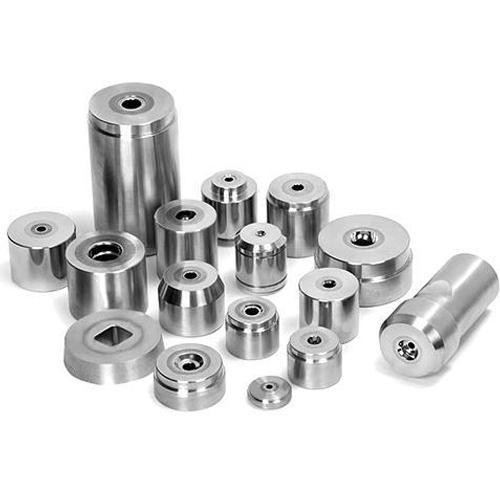Everything To Know About Carbide Dies

Cemented carbide dies have widespread application across several sectors, from producing fasteners like nuts and bolts to structural components like grooves and missiles. Tools and molds made from tungsten carbide have risen in prominence in today's manufacturing sector. Tungsten carbide is used to create tools, parts, and products out of metal and other hard materials.
Developing Cold carbide cutters
Cold forming, also known as cold heading, involves placing a hard metal slug into a die and striking it with sufficient force to shape the metal into the required form. By exceeding the metal's yield strength, the impact force forces the metal to flow into the required shape in the cemented carbide die. Fasteners, such as screws, bolts, and nuts, are frequently formed using modern cold forming.
Materials like aluminium, alloy steel, carbon steel, stainless Steel, copper, and titanium alloy can be used for cold heading, with a material utilization rate of 80–90%. For the most part, a dedicated cold heading machine is used to complete the cold heading process. Thread rolling, accumulating, diameter reduction, shaping, cutting, upsetting, edge cutting, and chamfering are just some of the operations that can be performed in sequence on the cold upsetting machine. Automatically, the bar is fed to a predetermined length, at which point it is sliced into blank.
Carbide Extrusion Dies
Typically, extrusion dies are used in a process where slugs are pushed through the die to generate the desired cross-sectional area. Apply this method to pipes utilizing a mandrel. The desired characteristics of extruded items can be achieved by extruding them from various materials at varying temperatures. Aluminum, Steel, nickel, tin, copper, lead, and even plastics can be shaped using extrusion dies. The extruded products are wire, bar, pipe, and electrode.
